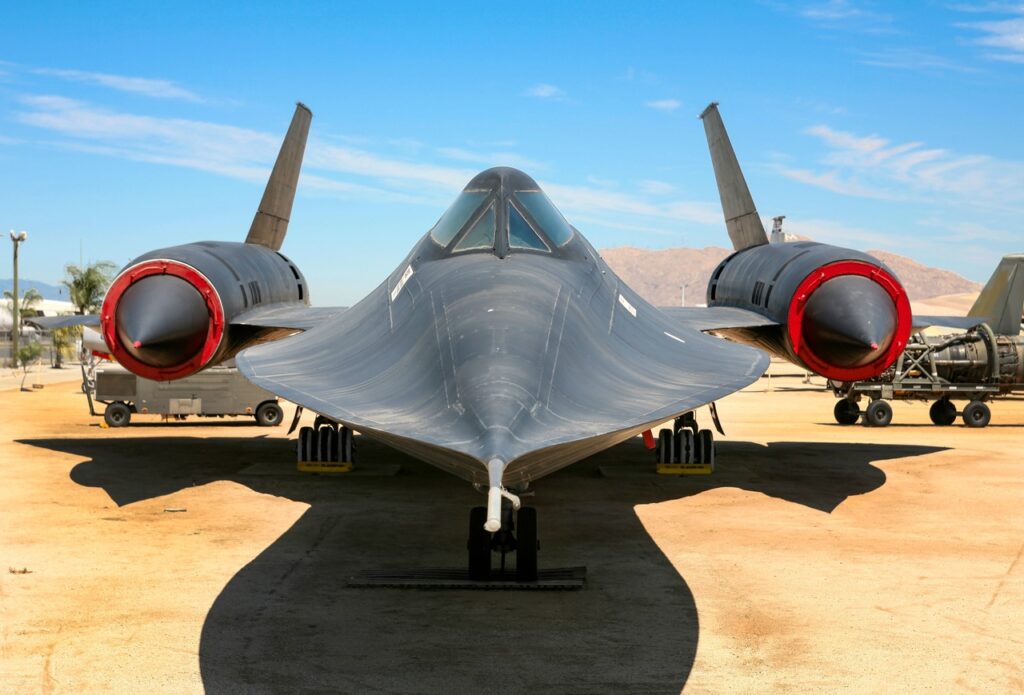
Iran’s Navy Would Be Destroyed in a War with America
Key point: Tehran’s navy stands no chance but that doesn’t mean a war would be painless.
The Iranian navy is about to get a little bit bigger. But it’s still hopelessly outclassed by rival fleets. The naval imbalance could weigh on diplomatic and military strategies in Tehran, Washington, D.C. and other world capitals as tensions escalate in the Persian Gulf region.
The navy in August 2019 announced it will return to service the frigate Damavand following 18 months of repairs. Damavand in January 2018 collided with a pier, killing two sailors and badly damaging the vessel.
Damavand should rejoin the fleet before the end of 2019, the navy stated.
Damavand is part of Iran’s Caspian Sea fleet. The landlocked Caspian Sea borders Iran, Russia, Azerbaijan, Kazakhstan and Turkmenistan. Ships in the Caspian fleet realistically cannot play any direct role in a conflict on the Persian Gulf.
Not that Damavand’s disposition would make any difference either way in a shooting war on the Gulf. While technically one of Iran’s newest warships, the four-year-old frigate is small, lightly-armed and likely obsolete compared to the major front-line vessels in the fleets of Iran’s potential enemies.
“Small,” “lightly-armed” and “likely obsolete” describes the entire Iranian navy. Tehran’s fleet has fared badly in direct combat with the navies of larger powers.
Damavand is one of three Moudge-class frigates in Iranian service. Four more reportedly are under construction. Iran operates one ship, Sahand, that is a slightly larger version of the Moudge class.
The Moudges are reverse-engineered copies of Iran’s British-designed, 1970s-vintage Alvand-class frigates, three of which remain in service.
The seven Moudges and Alvands are the biggest and most powerful surface ships in the Iranian fleet. Tehran describes the vessels as “destroyers,” but displacing around 1,500 tons of water the ships actually are corvettes or light frigates by international naval standards.
The Moudges and Alvands are equipped with radars and armed with guns plus a few short-range, shoulder- and tube-launched anti-air and anti-ship missiles.
By comparison, any one of the U.S. Navy’s roughly 70 Arleigh Burke-class destroyers, each displacing 9,000 tons of water, carries more than 90 long-range anti-air, anti-ship and land-attack missiles.
Still, Iran heralded Damavand’s return to service. “The destroyer has been upgraded and equipped with the latest technologies, making it ready to face the harshest situations in the Caspian Sea,” Rear Adm. Hossein Khanzadi told Iranian media.
If war breaks out, American forces could target Iran’s small navy as well as the vessels belonging to the Iranian Revolutionary Guard Corps militia.
The battle could be brief. Iran’s fleet has a long history of waging losing fights with the United States and other Western powers.
Newly equipped with British-designed vessels, the Iranian navy fought hard during the bloody Iran-Iraq war between 1980 and 1988. Iran’s attacks on tanker ships—some strictly neutral, others admittedly supplying Iraq—incited international rage.
In 1987, Washington approved Kuwait’s request to “reflag” its tankers as American vessels, in order to allow the U.S. Navy to escort the ships through the Persian Gulf. The Americans’ Operation Earnest Will, lasting from July 1987 to September 1988, included several smaller efforts that resulted in the destruction of Iranian forces.
The U.S. Navy converted two oil-service barges into “sea bases” for Special Operations Forces and armed helicopters, and the U.S. Army placed attack copters aboard Navy ships. On Sept. 21, 1987 Little Bird helicopters from the Army’s 160th Special Operations Aviation Regiment attacked the Iranian vessel Ajr as she laid mines, forcing the crew to abandon ship.
A few days later, Little Birds sank three Iranian patrol boats.
On Oct. 16, 1987, an Iranian missile struck a Kuwaiti tanker, injuring 19 people. In response, a U.S. task force targeted two inoperable oil platforms that IRGC forces were using as bases for armed speedboats.
American warships surrounded the platforms, compelling the Iranian crews to evacuate. U.S. commandos climbed aboard one platform to gather up any documents the Iranians had left behind. Four U.S. destroyers opened fire, setting the platforms ablaze.
On April 14, 1988, the frigate USS Samuel B. Roberts struck an Iranian mine while escorting tanker ships through the Persian Gulf. The carrier USS Enterprise led a retaliatory raid.
Two U.S. destroyers and an amphibious assault ship carrying a battalion of U.S. Marines assaulted an oil platform the Iranians were using as a staging base. The Iranians fired back, drawing heavy return fire from the destroyers and Marine Cobra helicopters. Marines stormed the platform, capturing one surviving Iranian gunner.
Iranian speedboats raided three civilian cargo ships. As the Iranians withdrew, Enterprise’s A-6 bombers zeroed in, sinking one speedboat with cluster bombs.
The Iranian missile boat Joshan fired a Harpoon anti-ship missile at a group of American warships—and missed. The Americans fired back with Harpoon and Standard missiles then sank the damaged Joshan with their guns.
While the U.S. ships fought off Iranian air attacks, Tehran’s “destroyers” joined the battle. Sahand and Sabalan both fired without effect at A-6s overhead. The A-6s shot back with Harpoons and laser-guided bombs, sinking Sahand and badly damaging Sabalan.
The newer frigate Sahand is named for the ship the Americans sank in 1988.
At least 56 Iranians died in that round of fighting. Two U.S. Marines perished when their helicopter crashed. Battered, the Iranian fleet pulled back, and since then has been hesitant to make good on its periodic threats against Iran’s neighbors and the United States.
Adding one more frigate to Iran’s landlocked Caspain fleet is unlikely to alter that calculation.
David Axe serves as Defense Editor of the National Interest. He is the author of the graphic novels War Fix, War Is Boring and Machete Squad. This first appeared in August 2019.
Image: Reuters


